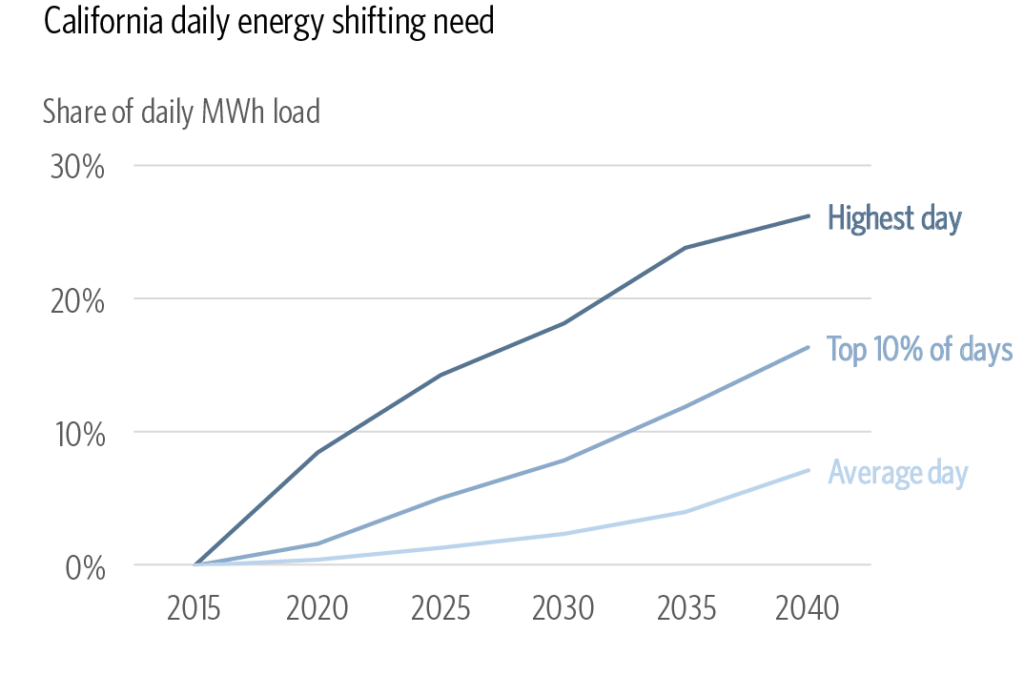


These developments have been prompting efforts to deploy renewable energy sources in many countries of the world to make access to energy more sustainable and address the problems of air quality and climate change. Strong economic and continued population growth in developing countries will be the prevalent force driving world energy markets during that period. Coal use is on the rise, mainly due to China’s consumption, and global energy-related carbon dioxide emissions are predicted to have a 46 per cent increase by 2040, a rise from about 31 billion metric tons in 2010 (US EIA, 2013). Global energy consumption is projected to rise by 56 per cent by 2040, with fossil fuels dominating the energy grid (US EIA, 2013).

Almost 1.3 billion people in the world, mainly in rural areas, live without access to electricity and 2.7 billion without modern reliable energy services (UNDP, 2013 Alliance for Rural Electrification, 2014 IEA, 2014a). Fossil fuels, however, continue to dominate global primary energy consumption, with coal remaining the major contributor to the world’s energy pool (REN21, 2014). Renewables account for approximately 20 per cent of global final energy consumption, with the most prominent growth happening in the power sector and with global capacity rising more than 8 per cent in 2013 (IEA, 2014a).
COST OF MICRO GRIDS BY TECHNOLOGY REN21 DOWNLOAD
Download your free copy on E-International Relations.ĭeveloping renewable energy sources contributes to alleviating poverty, fuelling industrial production and transportation, expanding rural development and protecting health while promoting sustainability and environmental quality (Hostettler, 2015). This is an excerpt from Environment, Climate Change and International Relations.


 0 kommentar(er)
0 kommentar(er)
